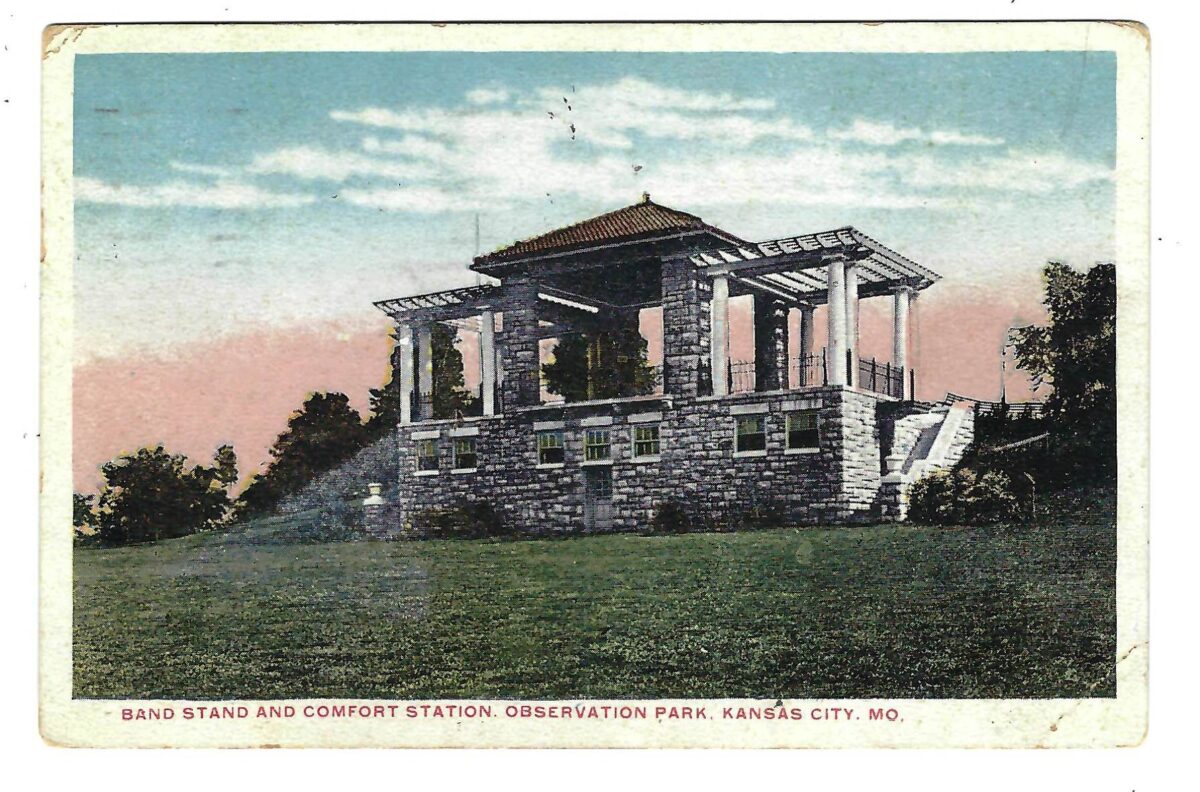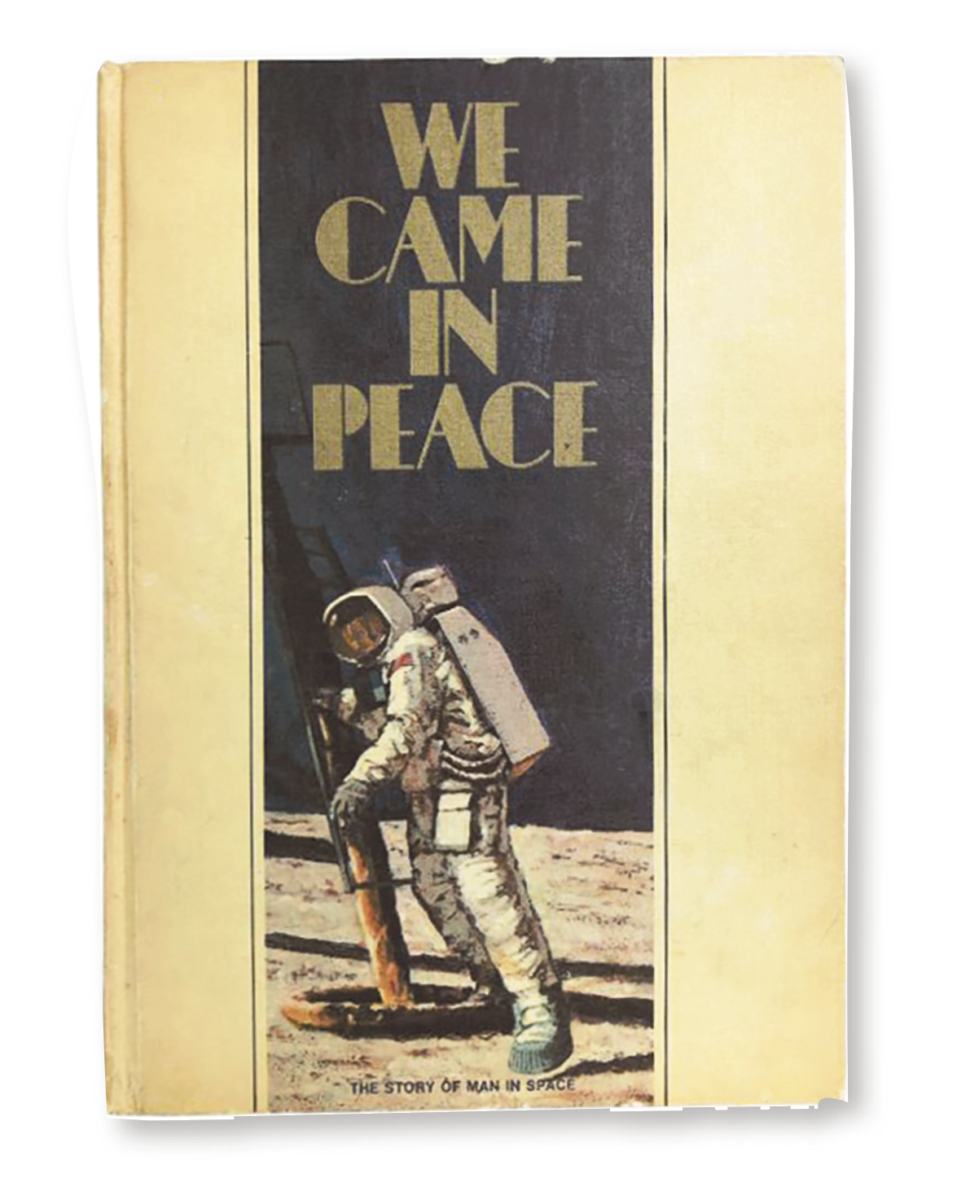
Dorri Partain
Contributor
Need coffee for a crowd? Perk up your party with a Party Percolator that brews dozens of cups and keeps coffee hot and fresh for hours.
Prior to the development of the electric coffee percolator in 1949, coffee was brewed in a stove-top pot, which only brewed small amounts and had to be reheated for another hot cup.
The Kwik-Drip coffee maker, patented and manufactured by West Bend Aluminum Co. in 1922, provided a stylish and effective method of both brewing and serving coffee, provided that one had access to a stove. Once the heating element was developed, coffee could be served anywhere an electric outlet was available: offices, churches, and factory lunchrooms embraced the need to brew and serve coffee in increasing amounts.
Once again, West Bend crafted a range of electric coffee makers, often called “urns,” that could brew 24, 48, 55, 80 or 100 cups of fresh, hot coffee at a minute per cup.
Founded in 1911, the West Bend Aluminum Co. created jobs for the residents of West Bend, Wis. Following a fire that destroyed a pocketbook factory, entrepreneur Bernhard C. Ziegler corralled six additional investors to produce products for a growing market – aluminum kitchenware. The first products offered included saucepans in four sizes, frying pans, pie pans and a water dipper.
Shown here, Model 13500 could brew up to 55 cups, which required 8 cups of electric perk drip grind coffee. Once the indicator light at the base flashed red, the coffee was ready to serve and the interior basket was removed and grounds discarded. To serve, a cup was placed below the spigot and either pulled forward or pushed back until the desired amount was dispensed.
West Bend still produces a full line of electric appliances at their plant. Model 13500 was patented in 1963 and is still in production.



















